Top 7 Most Beautiful Historical Sites In Kosovo
Planning a vacation to Kosovo for the first time might be an eye-opening experience. This section of the Balkans isn't well-known for tourism, yet there's more ... read more...to see than you may think. What began as a chance encounter with one monument led to visits to all four of these interesting UNESCO World Heritage Sites. Make sure to include these top most beautiful historical sites in Kosovo on your schedule if you want to learn more about Kosovo's complicated history and culture.
-
Let's begin with the Decani Monastery, which is a significant landmark and the most beautiful historical sites in Kosovo. The Visoki Deani Monastery, located just outside of Deçan, is a notable religious institution that continues to operate today. In 1335, Serbian monarch Stefan Deanski built the monastery as a location for his tomb. The Visoki Deani Monastery is a medieval Serbian Orthodox Christian monastery. Stefan Deanski, King of Serbia, founded it in the first part of the 14th century.
It's safe to state that the Decani Monastery is the best preserved of Kosovo's Medieval Monuments. The biggest medieval cathedral in the Balkans and a UNESCO World Heritage site, it is one of the best-preserved Serbian monasteries of Byzantine and Western styles. It was founded in 1327 and now houses over 1,000 compositions and several thousand religious portraits, making it Serbia's greatest intact gallery of medieval art. Tour the monastery's dark, enigmatic interior, which is ornamented with richly painted entrances and windows, and see the white and pink external marble walls. You'll also be able to see the wooden iconostasis from the 14th century and search for King Stefan's sarcophagus. The eastern Orthodox Byzantine and Romanesque blend of styles distinguishes the monastery, which is acknowledged as a notable artistic representative of the Balkans.
Website: http://www.kosovo.net/edecani.html
Location: Ruga sali ceku, Deçan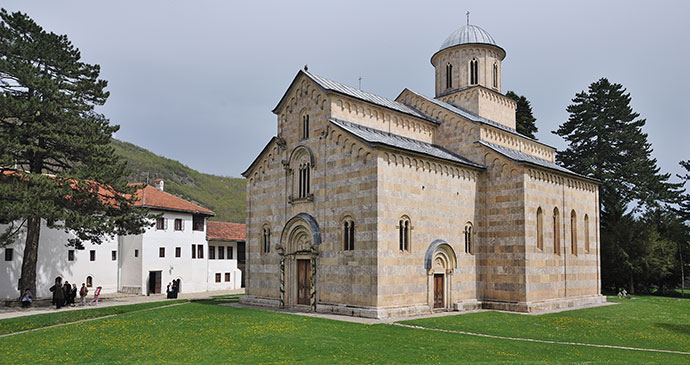
Photo: www.bradtguides.com Video: Orthodox Christian Chants -
The Patriarchate of Peć Monastery made the strongest effect of all the Medieval Monuments in Kosovo. One of the primary attractions of Peja, a city in western Kosovo near the Montenegrin border, is this magnificent monastery. This is the second most most beautiful historical sites in Kosovo.
It's a bit of a walk around the walled monastery to really enter after passing the security checkpoint by the road. However, it is well worth the trip once you enter the verdant garden. It provides the type of tranquility you'd expect from a monastery, surrounded by vegetation and away from city sounds. There are four churches inside the gardens, three of which are essentially connected, which is notable in and of itself.
The Patriarchate of Peć Monastery, also known as the Peć Patriarchal Monastery, is a medieval Serbian Orthodox monastery near Peć, Kosovo. It was built in the 13th century and is now the home of Serbian Archbishops. During the 14th century, it was extended, and when the Serbian Patriarchate of Peć was established in 1346, the Monastery became the seat of Serbian Patriarchs. The monastery complex comprises numerous churches, and it was also used as the mausoleum of Serbian archbishops and patriarchs during the medieval and early modern periods. It has been a component of the "Medieval Structures in Kosovo" World Heritage Site since 2006, together with three other Serbian Orthodox Church monuments.
Location: 30000 Patrijasiska ulica, Pejë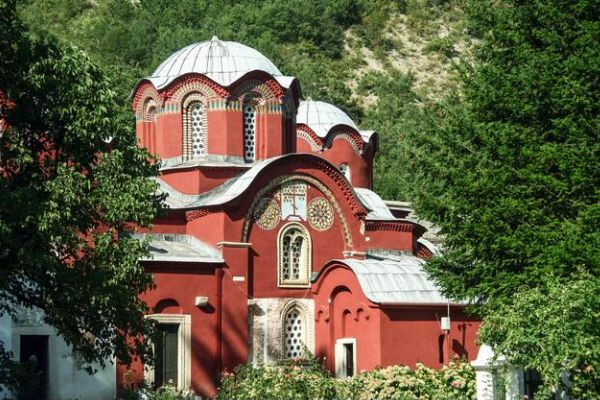
Photo: Alamy 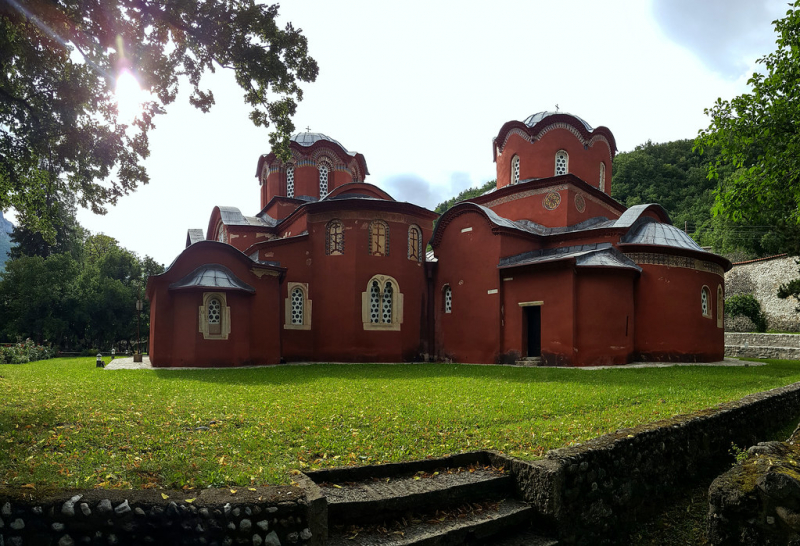
Photo: Flickr -
The Gračanica Monastery in Kosovo is a Serbian Orthodox monastery. It was erected in 1321 on the ruins of a 6th-century basilica by Serbian King Stefan Milutin. In 1990, the monastery was designated as a Monument of Cultural Exceptional Importance, and on July 13, 2006, it was included on the UNESCO World Heritage List as Medieval Monuments in Kosovo, as an extension of the Visoki Deani complex, which was inscribed on the List of World Heritage in Danger.
One of King Milutin's final significant donations is the Gračanica Monastery. The monastery is located in Gračanica, a Serbian enclave near Lipljan, the former house of Lipljan's bishops. Gračanica Monastery appears inconspicuous, especially in comparison to the other sites. There is no security checkpoint; instead, it is protected from the street by some towering ancient walls. You'd never guess it was founded in 1321, under the leadership of King Stefan Milutin, atop even earlier ruins, thanks to its low-key feel.
The exceptional architectural exterior of Graanica is complemented with equally valuable frescoes, making it one of the creative pinnacles of Byzantine monumental art at the period. It also commemorates the conclusion of King Milutin's reign, a unique time in Serbian medieval history. Make sure to go inside the church during your stay to observe the extensive frescoes. There are some excellent ancient Ottoman-style structures towards the back of the monastery grounds.
Location: H5XV+99X, Graçanicë 10500
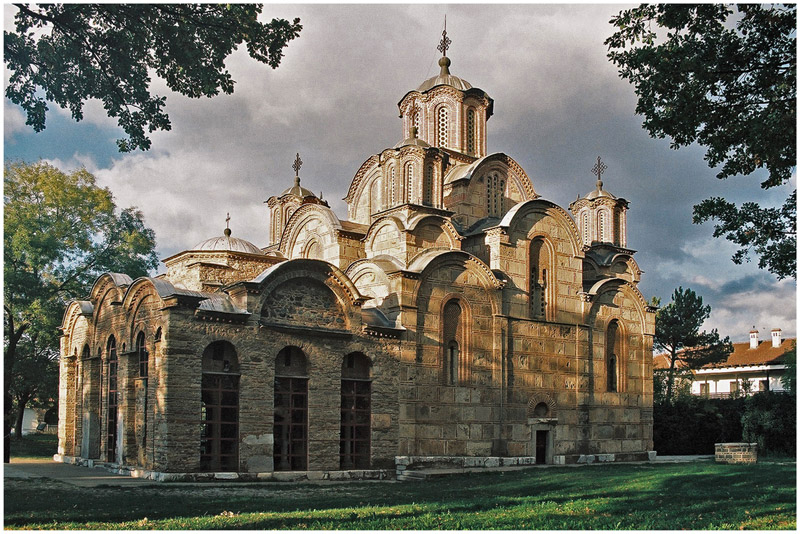
Photo: TrekEarth 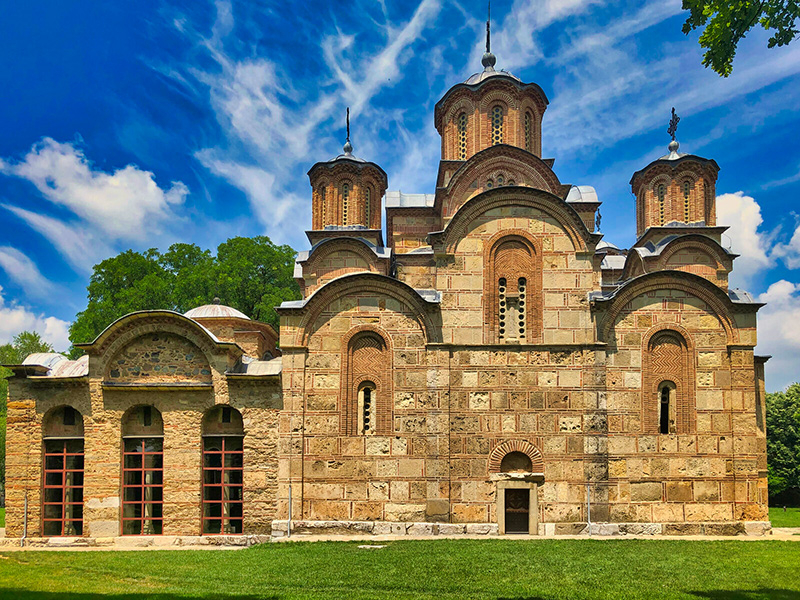
Photo: Blago Fund -
Our Lady of Ljeviš is a Serbian Orthodox church in Prizren, Kosovo, built in the 14th century. The church has been a component of the UNESCO World Heritage Site Medieval Monuments in Kosovo since 2006. This is also one of the most beautiful historical sites in Kosovo. It was erected on the site of an ancient Byzantine church in the early 14th century during the reign of King Stefan Milutin of Serbia. Michael and Eutychios Astrapas, Byzantine Greek artists, painted paintings in the reconstructed church.
Our Lady of Ljeviš was designated as a Monument of Exceptional Cultural Importance by Serbia in 1990, and on July 13, 2006, it was added to UNESCO's World Heritage List as an extension of the Visoki Dečani site (named Medieval Monuments in Kosovo), which was placed on the List of World Heritage in Danger as a whole.
The Church of Our Lady of Ljeviš is unfortunately closed to the public, with barbed wire encircling it to keep people out. That type of greeting is hardly a good omen for a tourist attraction, but given the circumstances, it's reasonable. This is because the church was severely damaged during the fighting in Kosovo in 2004. Then there's the problem of finding it. The church, unlike the other three attractions, is located in the centre of Prizren. Because of its placement in the heart of the city, it is more exposed to historical instability.
Facebook: Our Lady of Ljeviš
Location: 6P6P+J8H, Sahat Kulla, Prizren
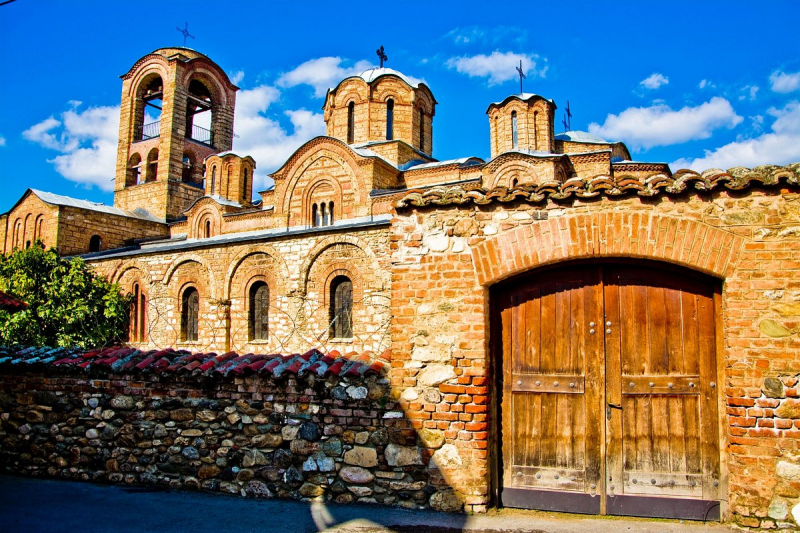
Photo: tripadvisor.co.nz 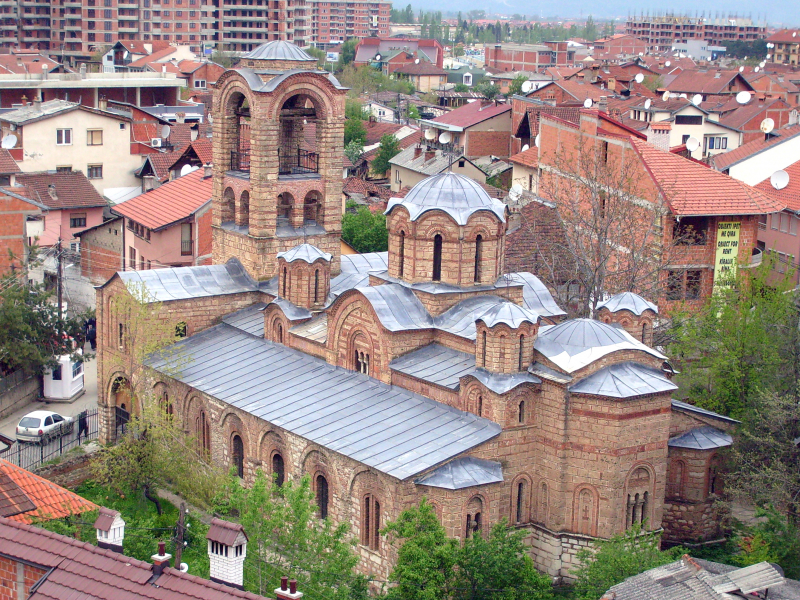
Photo: commons.wikimedia.org -
The Sinan Pasha Mosque in Prizren, Kosovo, is an Ottoman mosque. Sofi Sinan Pasha, a Buddhist bey, erected it in 1615. The mosque is a prominent element in Prizren's skyline, overlooking the town's main thoroughfare. The Sinan Pasha Mosque is Prizren's most prominent mosque, dating from 1615 and located in the middle of the old town, overlooking the river and the town's Ottoman Bridge. Its enormous dome, minaret, and colonnaded exterior make for a fantastic spectacle from the street, but the beautiful interior is also well worth seeing (outside of prayer hours).
The mosque is square and measures 14 m (46 ft) by 14 m (46 ft). It features one huge dome and a smaller half-dome that protects the painted mihrab with a stalactite hood. The mosque's walls are 1.65 m (5.4 ft) thick, and its minaret is 43.5 m (143 ft) tall, with a conical construction coated in lead. The walls and dome of Sinan Pasha Mosque were decorated with floral designs and Qur'an passages in the 19th century. Floral themes are painted on the minbar. The mosque's huge dome and half-dome are both coated with lead. The mosque's stone flooring and carpentry are also original.
With its huge dome and a 43.5 m (143 ft) tall minaret, Sinan Pasha Mosque serves as an Ottoman structure that dominates the skyline of Prizren, overlooking a river with an old stone bridge. The mosque, which was built in 1615, has an unusual design for Islamic art, with soft characteristics and compactness dominating. See the inside, which features vivid flower patterns on the walls, low-hanging chandeliers, and Qur'anic passages painted on the walls. Examine the timber features, many of which date back to the mosque's inception, and stroll the ancient stone flooring.
Location: 6P5R+HGX, Mimar Sinani, Prizren
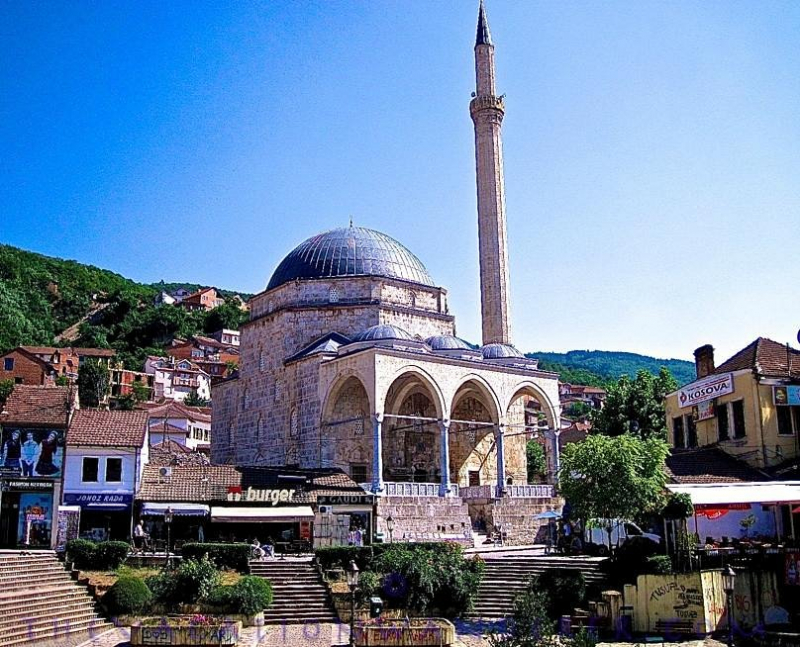
Photo: Tripadvisor 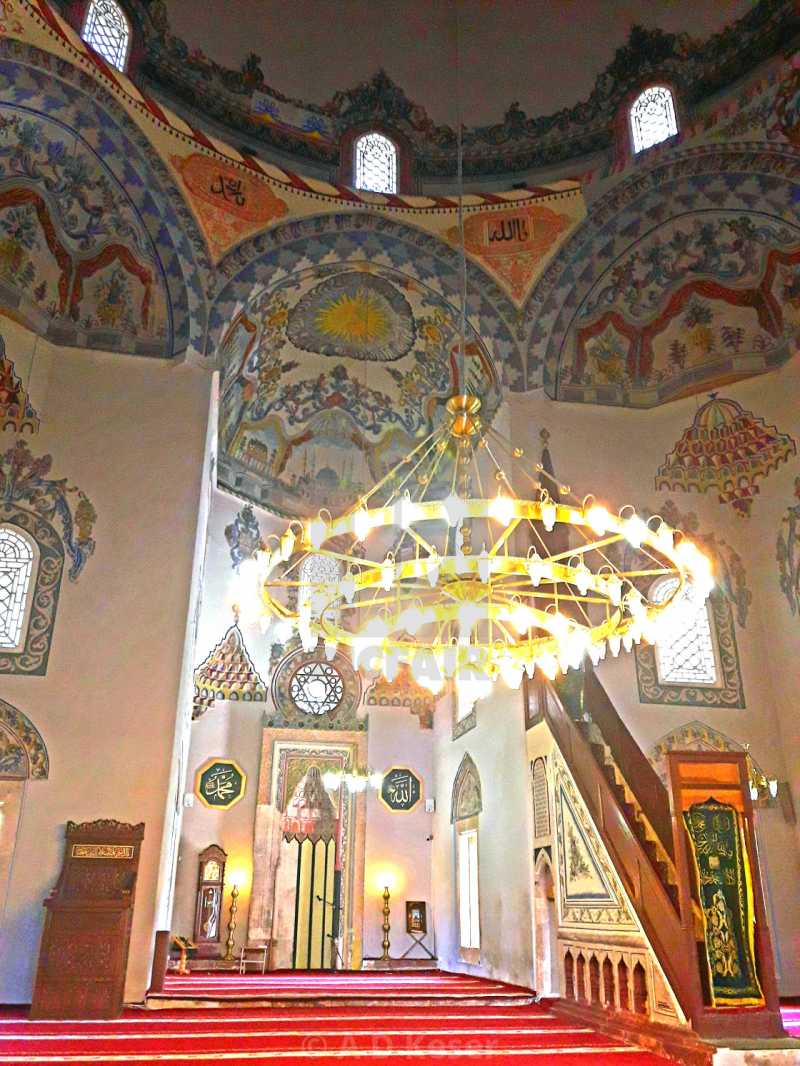
Photo: Picfair -
The Katedrale Nënë Tereza (Mother Teresa Cathedral) in Pristina is a Roman Catholic cathedral in Pristina, Kosovo, that is currently under construction. The building's plans were authorized by the Kosovo government in 2007. Saint Teresa of Calcutta, an Albanian-Indian Roman Catholic nun and missionary, is honored in the cathedral.
Thousands of Christians and Muslims gathered to commemorate the consecration of this country's first Roman Catholic cathedral in St. Teresa's honor, twenty years after her death. Katedrale Nënë Tereza is also the world's sole shrine to the Albanian saint who spent the most of her life serving in India's slums.
Katedrale Nënë Tereza, named for one of the world's most renowned missionaries, is one of Pristina's biggest structures. The Roman Catholic cathedral, which opened in 2010, commemorates the life of Mother Teresa, a nun famed for her work in Calcutta, India. Parts of the structure are still being built. The cathedral, which is located in the heart of the city, boasts imposing elements such as lofty ceilings and massive pillars in the interior portions. View the stained-glass windows in blue, red, and yellow, as well as the marble altar. Climb to the top of the observation tower for sweeping views of the city.
Website: http://www.drita.info
Location: M545+GP9, Rruga Justiniani, Prishtina 10000
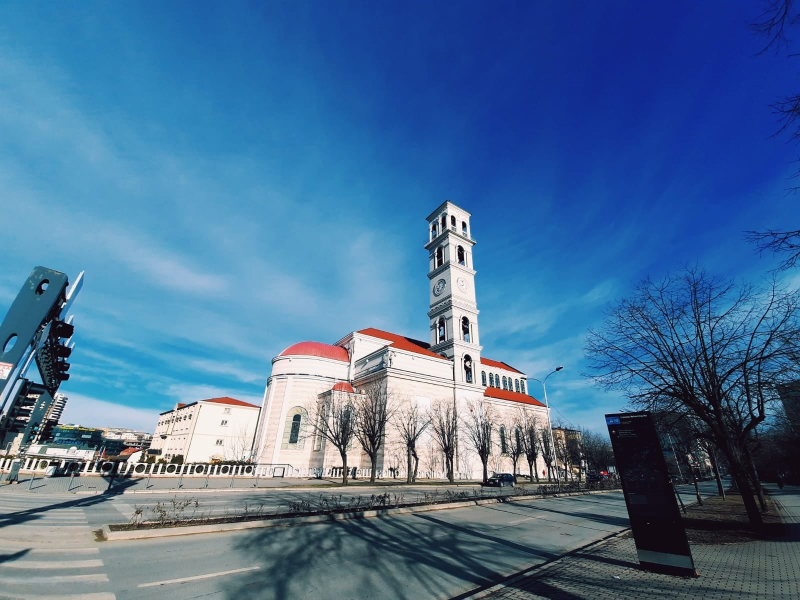
Facebook: Katedralja Nënë Tereza - Mother Teresa Cathedral - Prishtinë 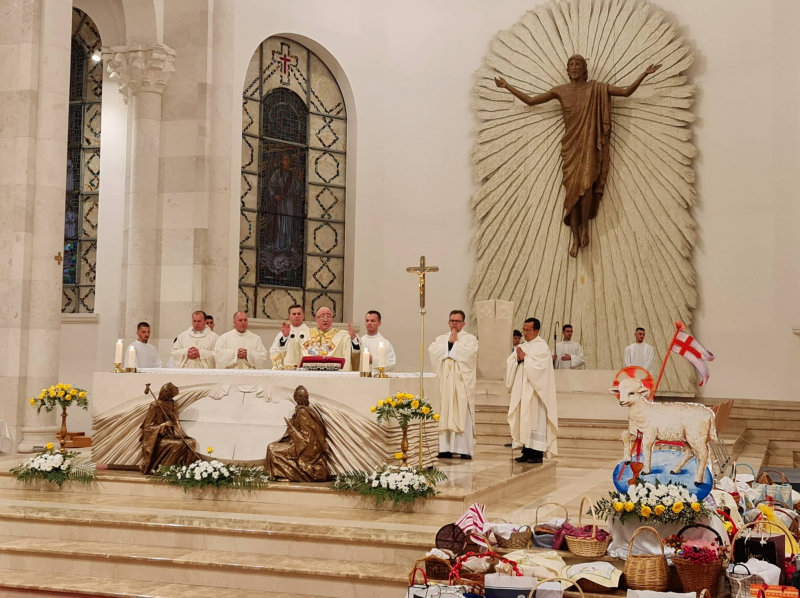
Facebook: Katedralja Nënë Tereza - Mother Teresa Cathedral - Prishtinë -
Sultan Murad's Tomb (Albanian: Tyrbja e Sulltan Muratit; Turkish: Sultan I. Murad Türbesi, also known as Meşhed-i Hüdâvendigâr) is a mausoleum (türbe) dedicated to Ottoman Sultan Murad I in Kosovo's Prishtina District. This is one of the most beautiful historical sites in Kosovo.
Murad I (nicknamed Hüdavendigâr, which in this context means "God-liked one" or "sovereign") was slain in the Battle of Kosovo in 1389. Murad I's son Bayezid I created the monument in the 14th century, making it the first example of Ottoman architecture in Kosovo. His internal organs were buried at Kosovo Polje and are still preserved in the site's mausoleum.
Murad's additional bones were transported to Bursa, his Anatolian capital, and interred in his second tomb in Bursa's Hüdavendigâr complex. In 1660, Evliya elebi noted the monument. For the local Muslims, the grave has taken on religious importance.
Website: http://www.sultanmurad.com/
Location: Rr. Afrim zhitia pn Mazgit Kastriot Mazgit, Kastriot 15000
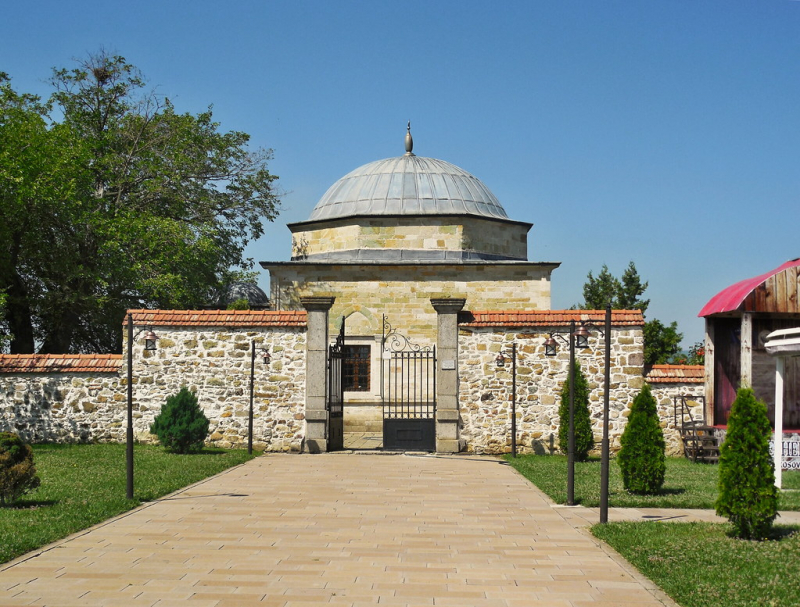
Photo: Flickr 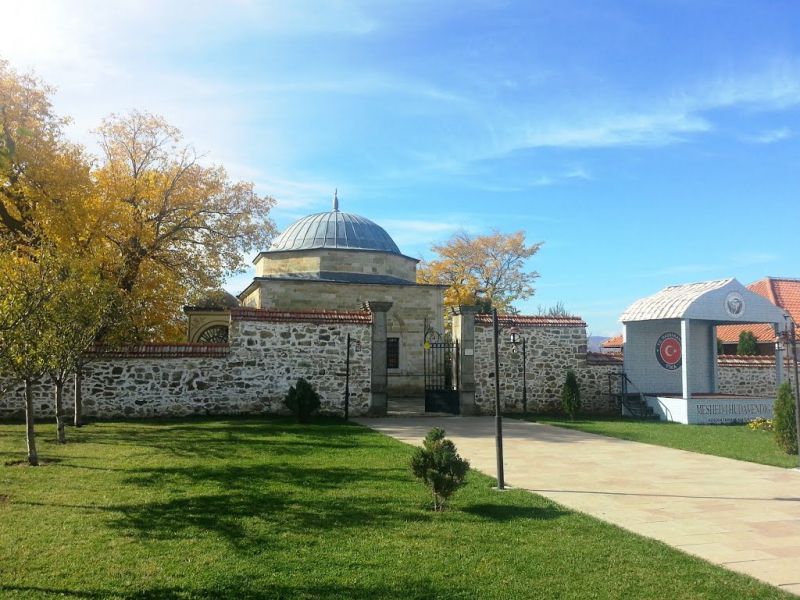
Photo: Mapio.net




























